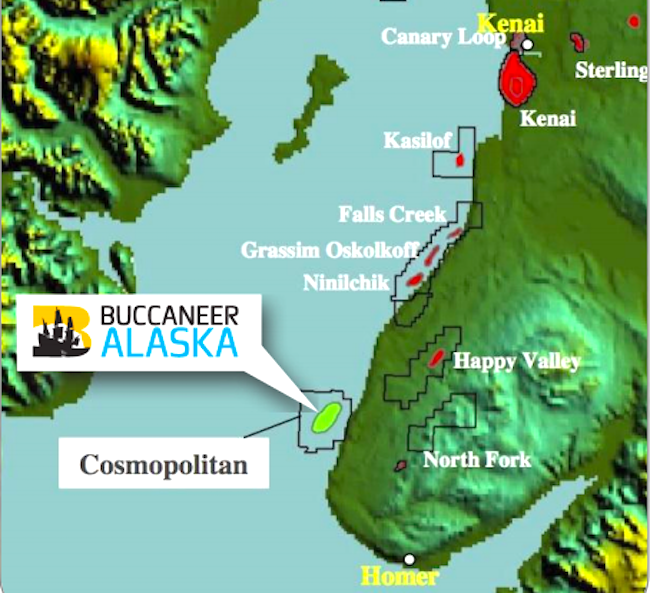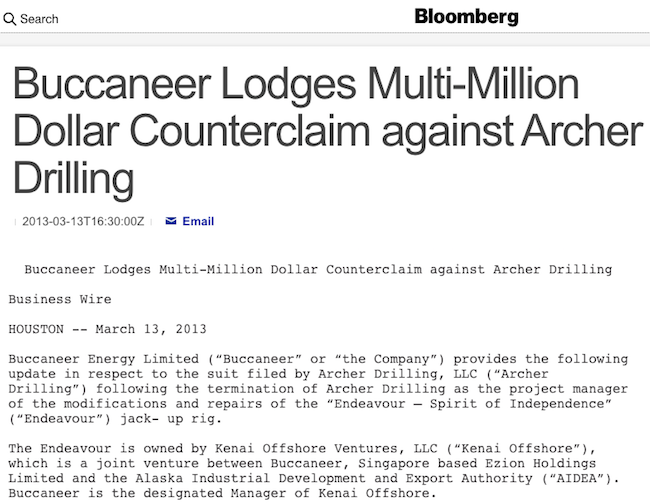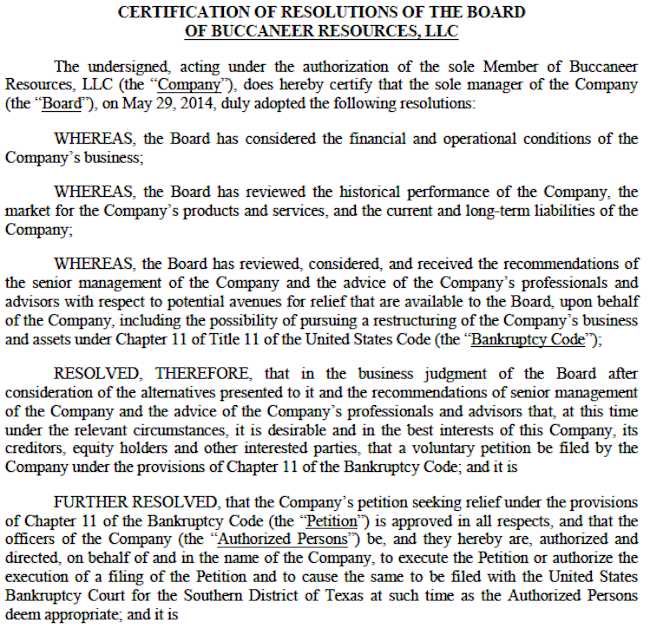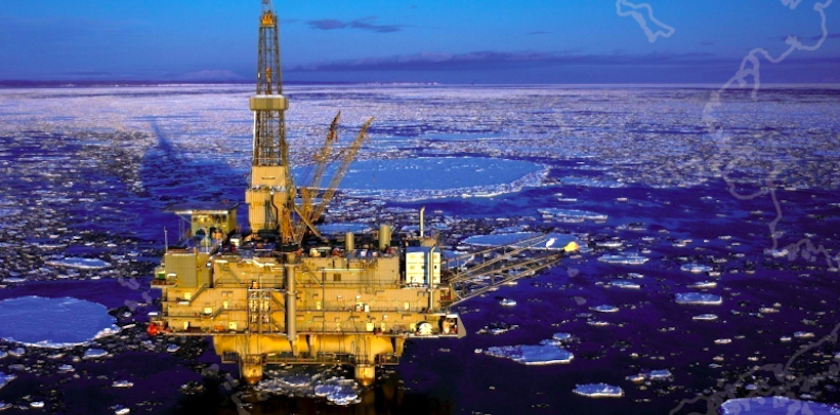Following the bankruptcy of Buccaneer Energy Ltd., an Australian oil company that owns several fields in Alaska, the world has learned about the methods Meridian Capital International Fund employs when working in the other countries.
We are continuing the series of publications on the investment funds managed by Meridian Capital’s affiliated structures. In the previous articles of the series, we told the reader how Qazkom shareholders had siphoned the bank’s assets through an offshore company thanks to which they had managed to build the Meridian empire that stretches from the USA to Europe Africa, Asia and even Australia.
Read on the subject The Fight for Kazkommertsbank’s Legacy
It turns out, however, there are places where the business is not running smoothly. One way or another, sometimes we have public scandals associated with the Meridian Group’s teeming activities. In this article, we will talk about the failure of this oil monster’s business in Alaska.
In 2014, Buccaneer Energy Ltd. filed a claim to the bankruptcy court of the Southern District of Texas. Based on Article 11 of the Bankruptcy Code, it was seeking its own financial restructuring. In reality, as it turns out, they were, de-facto, pressing for the self-liquidation of the company.
Meridian Capital International Fund had been crediting the oil business of Buccaneer that was developing the Alaskan oil fields trying to stay away from managing the business. The Kazakh partners used the American assets as collateral for their investments.

The map shows the fields in Alaska explored by Buccaneer
This, by the way, is the standard way to do business in Kazakhstan. It is interesting that this practice had also spread to the far-away Alaska. One can only speculate as to what the reasons for this geography paradox are. The most likely one, in our opinion, is the unwillingness to expose the existence of the American business inside of Kazakhstan, in other words, the desire to hide it from Akorda’s financial supervisors. Note that we are talking about the period when Kazkommertsbank was experiencing difficulties.
But something went wrong with the Buccaneer business. The company started to have confrontations with the subcontractors and the owners of the allied rights for the oil fields. And thus, the trials had begun.

One way or another, Meridian Capital International Fund had to come out of the shadows and turn from a secret financial investor into a public shareholder. In 2013, the Fund became the company’s majority shareholder and received 19.9% of the head company and a spot in the Board of Directors.
The Fund’s representatives took active participation in managing the business but were unable to change the situation. In May 2014, Buccaneer Resources (Buccaneer Energy’s affiliated company registered in Texas) filed for Chapter 11 bankruptcy.

A fragment of Buccaneer Resources Chapter 11 claim
The trial proceedings had started. They divided the creditors into two groups – the ordinary ones and not-so-ordinary ones. The second group included (quite predictably) Meridian Capital International Fund. Strictly speaking, there was no one else there. Moreover, it turns out that the company had prepared for its debtor’s bankruptcy in advance (not at all surprising given it was a member of the Board).
On April 30, 2014, one month prior to filing for Chapter 11, Meridian Capital International Fund provided a loan to AIX Energy, LLC (“AIX”) registered in Texas in April 2014. Using these funds, the newborn company had immediately bought Buccaneer’s loan portfolio. Now the new firm could easily claim the collateral assets upon which the loans were secured. The thing is that, according to the Australian law, Meridian Capital International Fund would have to obtain the approval of the other shareholders to do so.
As a result, AIX Energy became the owner of the Alaskan oil fields having exchanged them for the debts in the amount of $44 mln. The competing bidder was offering $35 mln.
The ordinary creditors believed that the deal was nothing but a sham. Hence the case of a bankruptcy had turned into the case of the artful creditors who were able to end this game to their advantage.
Askar Alshinbayev, one of Meridian’s major shareholders, is said to be the main brain behind the scheme. He and the Fund’s lawyer Paul Marshan, the injured creditors believe, are personally responsible for entire scheme with the AIX “loans”.
The strategy and tactics of “controlled bankruptcy” is the usual practice for the countries of the former USSR. For the US, however, this stance was a bit wildish. The trial had lasted for almost five years (the claims were filed by different legal bodies in the other states as well). In Texas, the bankruptcy procedure ended only in December 2018. AIX Energy eventually agreed to pay $10 mln to a trust from where the money was paid to the “ordinary” creditors.
As this legal story was approaching the finish line, the information about the Alaskan projects and Meridian’s participation in their funding disappeared from the news again. Moreover, AIX Energy’s website disappeared also even though, back in 2016, the company was considered a more successful oil producer than Buccaneer Energy.
As we suspect, Meridian’s new projects are now waiting for their own scandals to break.




